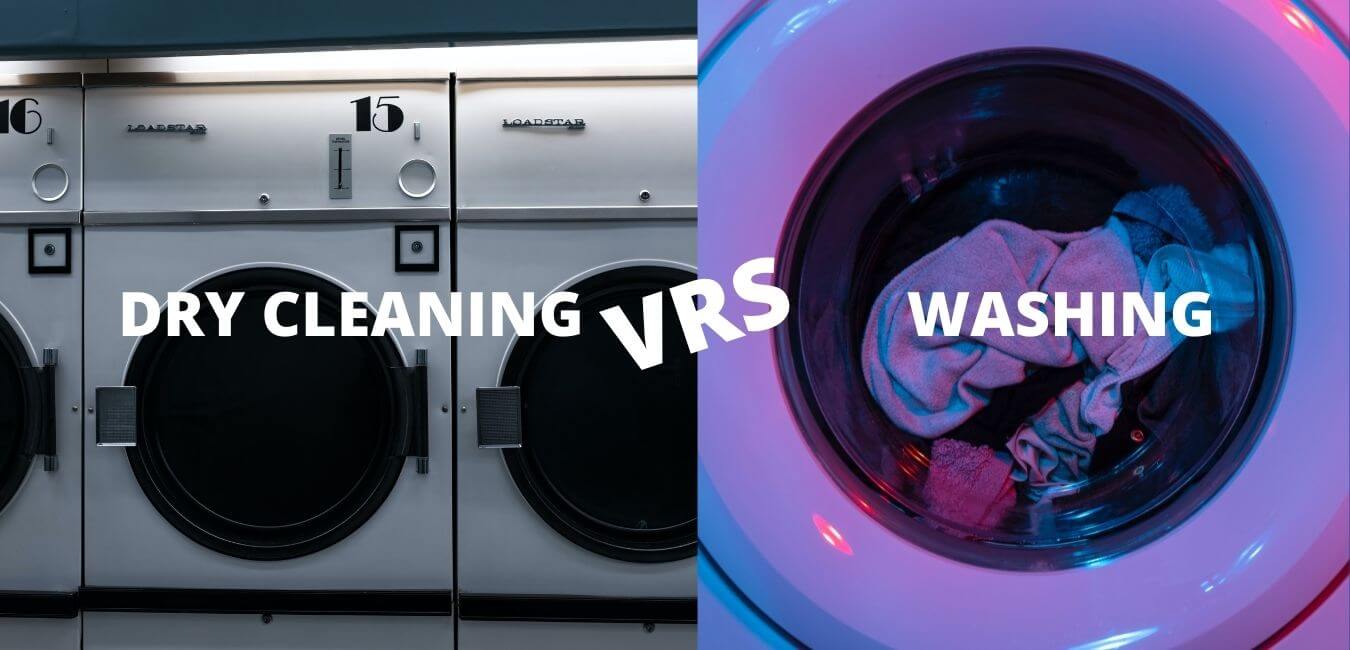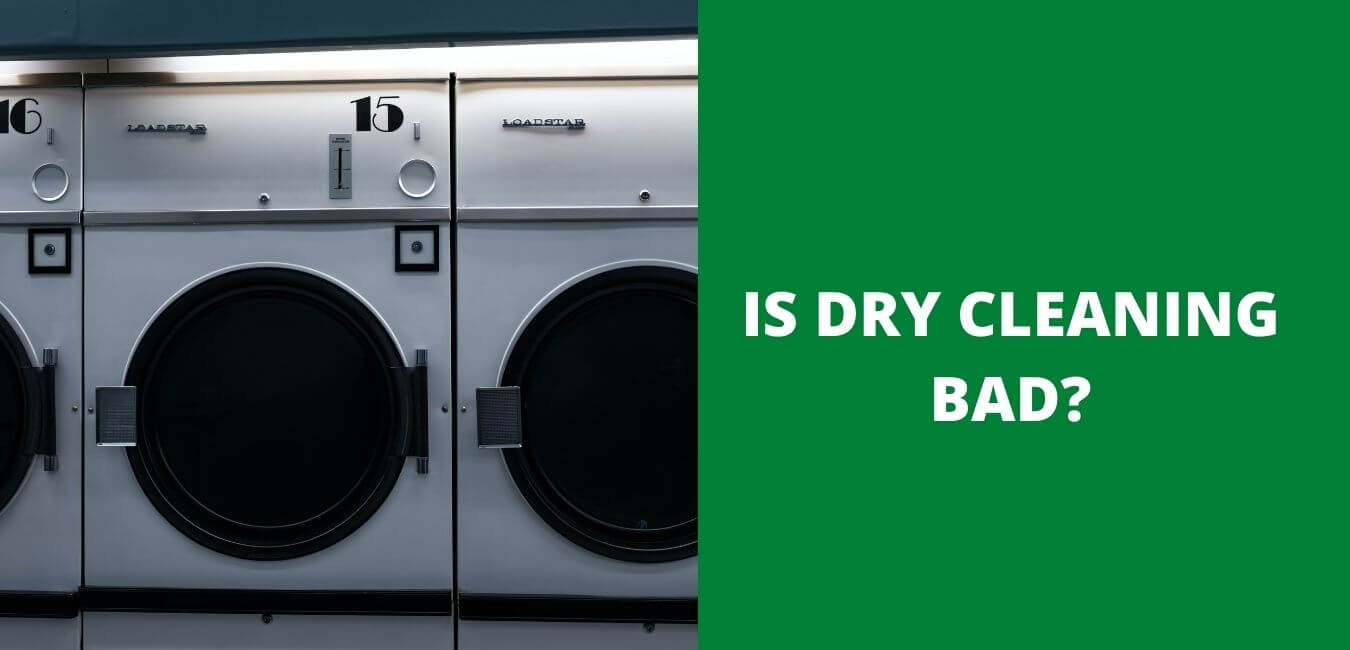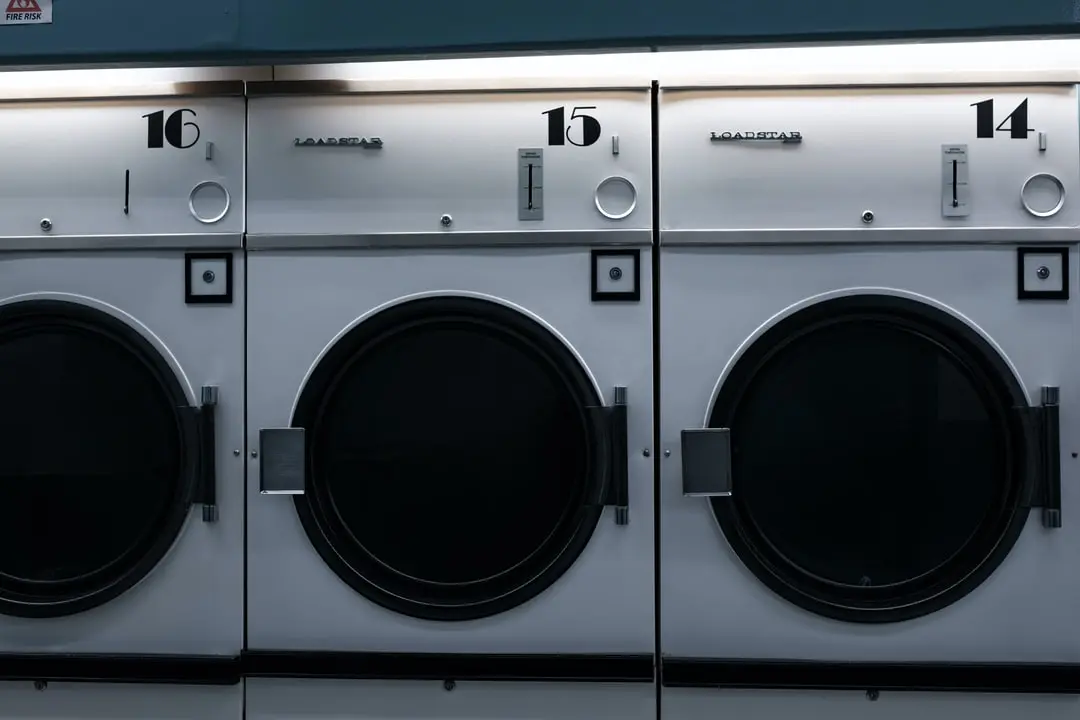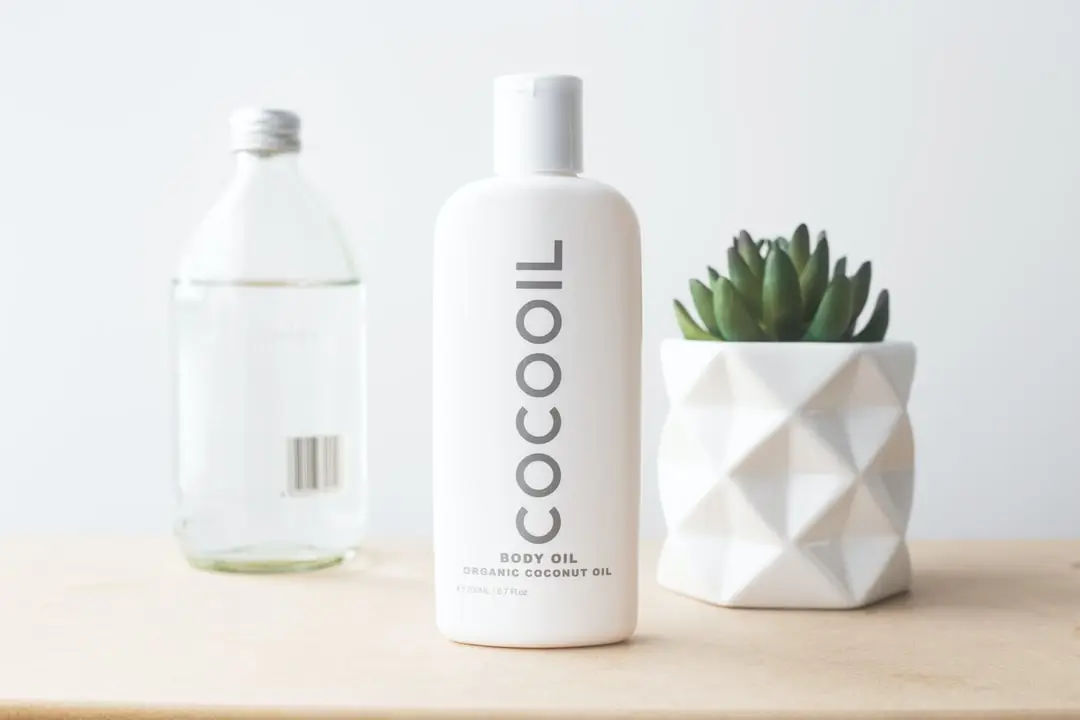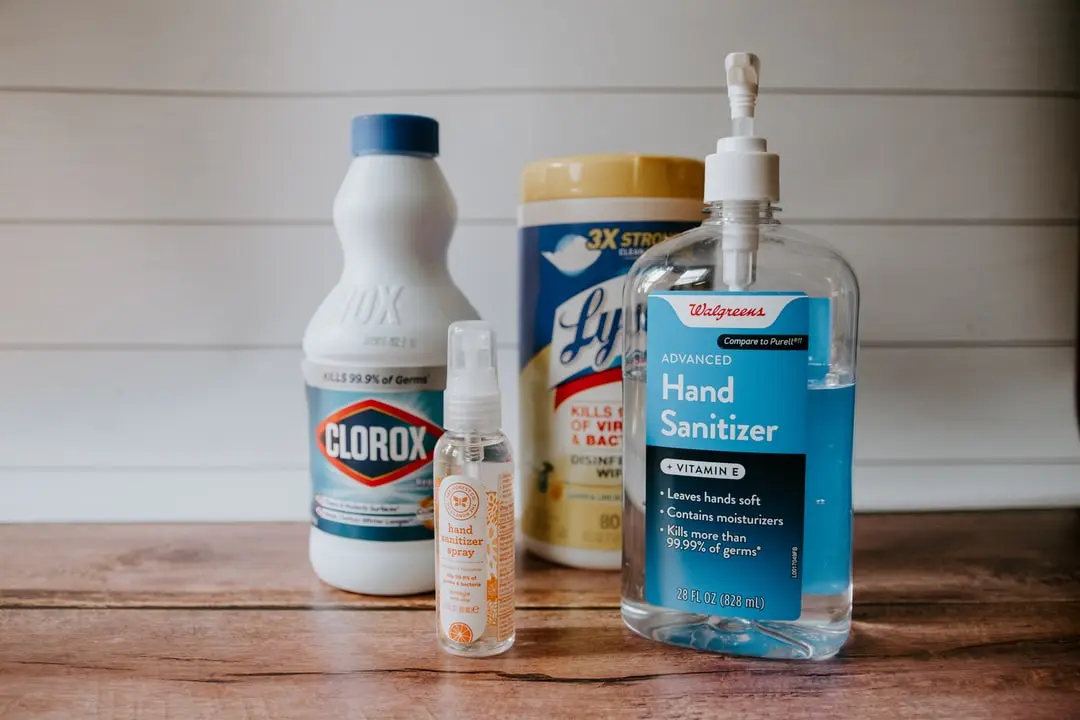We have always rejoiced after receiving our dry-cleaned clothes or garments because of their brightness and smell. On the other hand, I have always wondered about the ingredients or solvents used for cleaning the garments and whether they are safe.
If you are like me, you may also be pondering about the kind of chemicals they use to clean your fabrics and make them smell nice. You may also be asking whether those are safe for your health and the environment as a whole.
In this article, I will introduce you to the various chemical solvents for dry cleaning. I will also tell you whether they are safe for you and me. I think those solvents are great at performing their jobs but are equally dangerous when not handled with care.
What Are the Main Chemicals Used in Dry Cleaning?
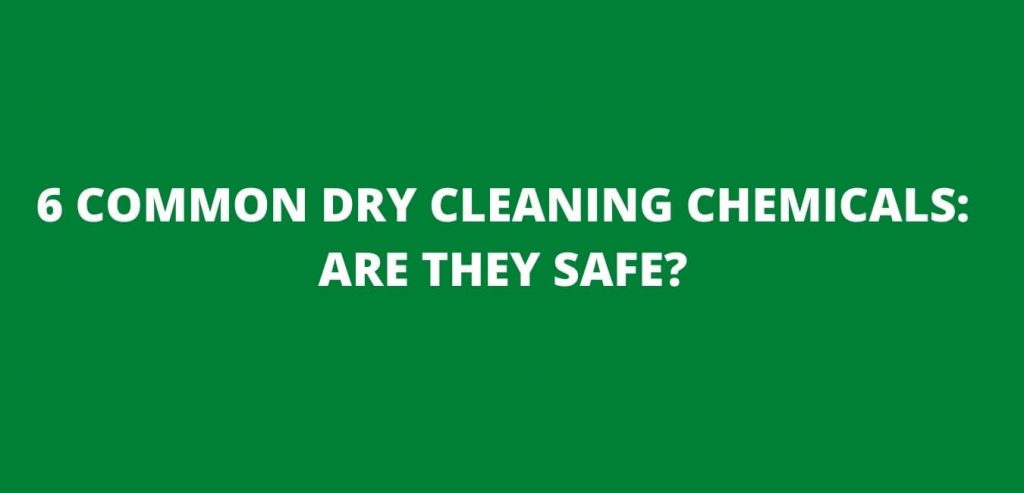
Numerous solvents are used by cleaning professionals to remove stains from “dry clean only” garments. They are:
Perchloroethylene (PERC)
This is one of the most popular solvents used in removing stains through dry cleaning. It is colorless and nonflammable. It is good for cleaning and degreasing fabrics and metals.
Is Perc Safe?
This chemical is one of the most dangerous used in the process of cleaning fabrics. It has a negative effect on the nervous systems of people exposed to it. According to ACS, this solvent accounts for the cause of the rise in cancer cases among former dry-cleaning workers.
It has also been found to be harmful to pregnant women if they get exposed to it. Therefore, we must be careful to avoid exposure to it. The EPA has also found that the solvent is toxic to aquatic life if it gets into water bodies.
Lastly, the chemical can create smog or air pollution. This often harms both animals and people within the environment.
N-Propyl Bromide (DrySolv)
This chemical is colorless and has a sweet odor. It gained popularity in the 21st century and has been used for many industrial purposes. It is used for degreasing and serves as a solvent for glues, which is why it is relevant in dry cleaning.
Is it safe?
Due to the nature of the chemical, it has been considered to be safe when one is exposed to it. It has been found to have a negative impact on the nervous systems of those who are exposed to it.
It causes cancer and is harmful to pregnant women. Furthermore, it is toxic to aquatic life and can cause air pollution. Because of the above, the EPA and ACS make efforts to encourage dry cleaners to find toxic alternatives for cleaning.
Siloxane (Green Earth, D5)
Siloxanes are made of silicones that are used to soften, smoothen, and moisten surfaces. It is one of the chemical solvents that was introduced to replace Perc in the dry cleaning of fabrics.
This chemical is found to cause fading, bleeding, and shrinking in the garments it is used to clean. This makes it more appropriate for dry cleaning.
Is it Safe?
According to the study OEHHA 2007, green earth has been found to cause uterine adenocarcinoma (malignant tumors) for both dry cleaning workers and the general public. It, therefore, causes carcinogenicity.
It is found to also have negative effects on the nervous system, bile formation, fat tissue, and immune system.
Hydrocarbons (DF 2000, EcoSolv)
Hydrocarbon solvents have been used for dry cleaning for a long time now. They were the first solvents to be used in cleaning fabrics. Unfortunately, hydrocarbons are inflammable. Due to that, they became unpopular and were replaced by Perc.
Now, Perc is being phased out, and the use of hydrocarbons is gaining popularity among dry cleaners.
Is it safe?
Even though there have been very few resources on the toxicity, carcinogenicity, and long-term effects of hydrocarbons, they have been found to have some health risks. It depresses the central nervous system of those who are exposed to it. However, it has not been found to cause cancer.
Hydrocarbon solvents have toxic impacts on aquatic life and have also been found to create smog and air pollution.
Acetal (Solvon, K4)
This is not like the conventional dry-cleaning solvents. It can dissolve oil, grease, fats, and water-soluble soils. It is halogen-free and is more than 99% pure.
Is it Safe?
There have not been major findings that suggest that this chemical is toxic. It has been found not to cause cancer among dry cleaners and the public as a whole.
Despite that, we have been cautioned to be careful when handling and/or working with the chemical. This is because almost all the chemicals used in dry cleaning have some form of toxicity.
Propylene Glycol Ethers (Solvair, Rynex)
These are a group of solvents that are used for various industrial and commercial purposes. It is used in making paints, inks, and cleaning agents.
It has been hailed for having low toxicity and good wetting abilities. It is considered one of the good alternatives to other toxic dry-cleaning solvents.
Is it Safe?
This group of chemicals is great at cleaning garments due to its chemical components. Most dry cleaners suggest these solvents are safe for usage in cleaning.
However, studies found that excess dose and/or exposure may have toxic impacts on the health of people and the environment. For example, it has been found to depress the nervous system. It may also have some toxic impacts on the environment when exposed.
Is There an Alternative to Dry Cleaning?
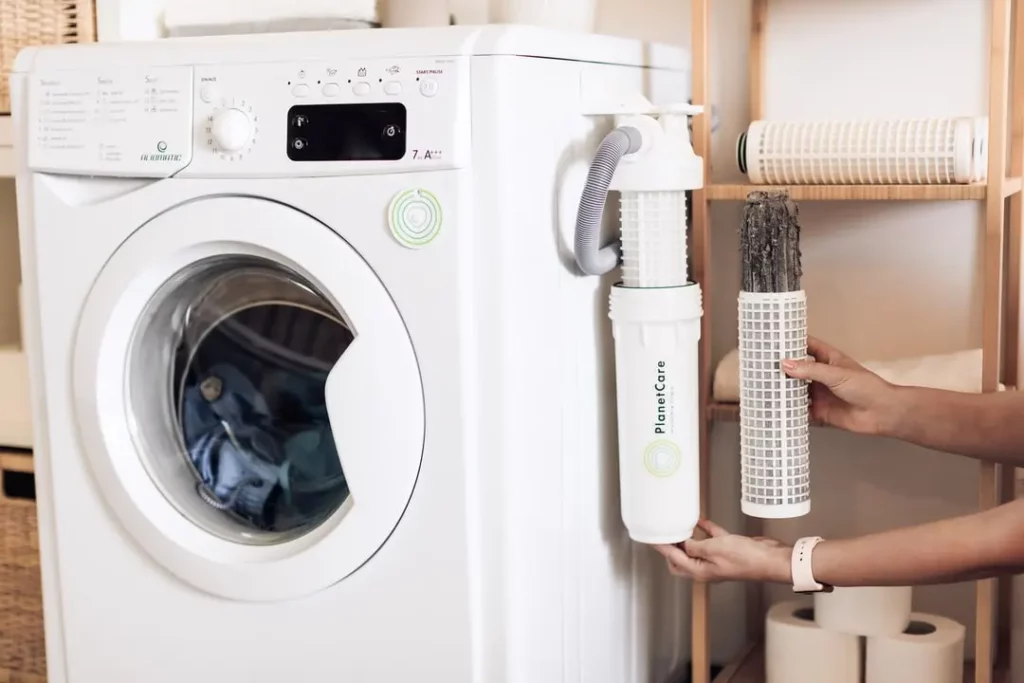
Due to the side effects of the chemicals discussed above, you may be thinking of finding an alternative way of cleaning your “dry clean only garments.”
Yes, there is an option for you. It is actually considered an environmentally sound solution for cleaning fabrics. This method is called wet cleaning. It uses water and biodegradable detergents to remove stains from garments.
Experts argue it is non-hazardous as it doesn’t cause air and water pollution. It doesn’t leave deposits of toxic chemicals on garments. Also, it is perceived to be milder and softer on the surfaces of fabrics that are wet-cleaned. With that, garments last longer.
Generally, this method is found to be convenient and healthy for consumers and the general public at large.
Final Thoughts
As you can see from the above discussion, there are numerous chemicals used in dry cleaning. Most of those chemicals are found to be toxic to humans, animals, and the environment. Due to that, people have been advised to be careful when dealing with and handling them during dry cleaning. Finally, adopting the wet cleaning method can save us from the negative effects of dry cleaning and make us healthier, in addition to the convenience we will enjoy. Thanks for reading!

